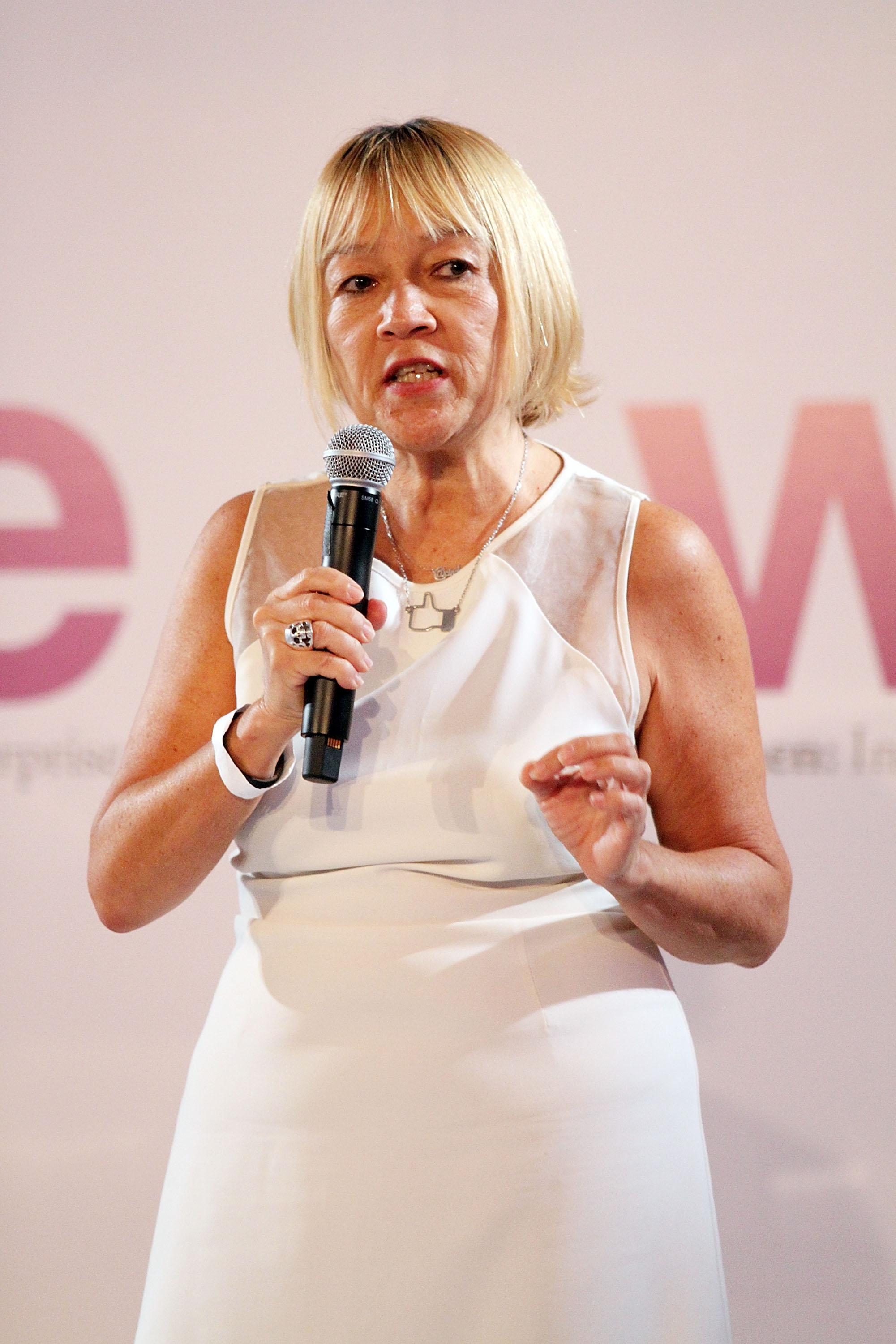How can male-dominated workplaces get more women on board? A new study on gender imbalances at scientific symposiums proposes a seemingly simple solution: Recruit some women to recruit more women.
In the study, researchers at Yale and the Albert Einstein College of Medicine of Yeshiva University took a closer look at hundreds of symposia that were convened at three recent meetings sponsored by the American Society for Microbiology and found that symposia organized by teams that included at least one woman were much more likely to recruit women to speak on their panels.* “The symposia convened by all-male teams contained 25 percent female speakers on average,” the researchers said in a press release. “For the symposia in which the convener teams included at least one woman, women comprised an average of 43 percent of speakers—which meant that including at least one woman among the conveners increased the proportion of female speakers by 72 percent compared with symposia convened by men alone.” Thirty percent of the panels convened by all-male teams produced an all-male lineup of speakers.
The Atlantic calls this “have a woman to get a woman” solution “The Easiest Possible Way to Increase Female Speakers at Conferences.” But if you’re having trouble getting women to speak at your conference, you’re likely also having some trouble getting women on the committees that organize them, too. This is one of the greatest challenges to diversifying extremely male-dominated fields: It’s hard to get women to work for you when women do not work for you.
That’s partly because female employees, managers, and panel organizers often have more female professional networks, so they’re in a better position to bring more female candidates and speakers into the fold down the road. But it’s also because female job seekers are unlikely to pursue positions with companies that have demonstrated that they rarely (if ever) hire women. Many male-dominated boards, mastheads, and organizational charts are so implicitly unwelcoming to women that great candidates won’t think to apply for a position at those companies at all. And even if they are interested in breaking into the boys’ club, there’s no guarantee that the male workspace will end up being a place where female employees will be equally valued and promoted when they do come on board, because no one has ever tested it.
Last year, USA Today asked two career experts how women should approach job opportunities in male-dominated fields. “If you’re a woman interested in technology, seek jobs in organizations that have a proven track record of supporting women in technology,” Leadhership1 founder Dr. Susan Davis-Ali said. Added Patrick O’Brien: “look for organizations that already exhibit male/female diversity in their workforce, and ones with women in positions one or two levels above you (and in senior leadership).”
So how can a heavily male workplace start bringing in the women who can bring in more women? If you’re not finding enough women popping up in your inbox, ask your employees and colleagues to mine their networks until you get some. Telegraph your interest in changing the ratio publicly and frequently. And if you still can’t find viable female candidates on your own, outsource the work. Male-dominated fields like technology, journalism, and business are nevertheless teeming with female consultants who are well-situated to help companies identify their blind spots, expand their networks, and address their masculine working environments and recruitment strategies. Don’t just hire a woman and expect her to fix your culture—pay one to do that work specifically. Companies can also make their workplaces more amenable to women by hiring a team of women at once instead of just one. “Don’t change [your company culture] by hiring or promoting just one woman,” tech entrepreneur Cindy Gallop writes. “She’ll be isolated and surrounded by the status quo and will have to adapt to it, and she won’t be able to make a difference. Two women doesn’t work either. Make it at least three. Three or more women at the top of your creative department, on your management team, on your board begin to make a real difference and change the environment, the culture and the output.” And if they’re still having trouble finding viable candidates, companies can make moves to increase their recruiting base by investing in education and early career development of women in their field. “It’s up to you to fix the pipeline,” says Tech LadyMafia co-founder (and my friend) Aminatou Sow. Last year, Etsy did just that by establishing Hacker Grants aimed at sponsoring female college students in an effort to produce more female Etsy engineers down the road.
All of this requires a lot of time, money, and work. Nothing about it is “easy.” But the next time a male-dominated company complains that it’s just too hard to get women on board, know that it’s not a failure of women to excel—it’s a failure of the company to do the work.
Correction, Jan. 7, 2013: This post originally stated that a study came from researchers at Yale and Yeshiva University. The study came from Yale and the Albert Einstein College of Medicine of Yeshiva University.
